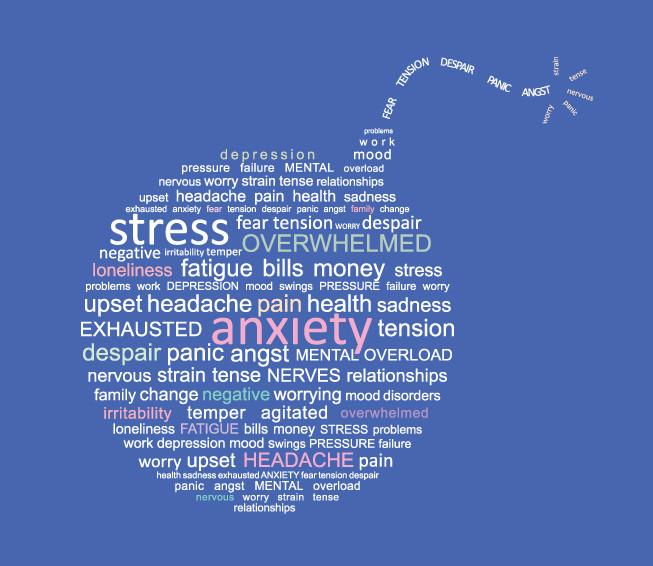Can exercise help treat anxiety?

Chances are good that you, or someone you know, is dealing with anxiety. One in five Americans over 18, and one in three teenagers 13 to 18, reported having a chronic anxiety disorder during the past year. And when I talk to college students, they’re not at all surprised that a whopping 63% of students felt tremendous anxiety during their freshman year, according to a report by the National College Health Association.
The toll of anxiety can be high: it increases a person’s risk for other psychiatric disorders like depression, and can contribute to diabetes and cardiovascular problems. One sobering study shows that people with anxiety tend to be more sedentary and do less intense forms of physical activity, if any. That’s ironic, because lacing up your sneakers and getting out and moving may be the single best nonmedical solution we have for preventing and treating anxiety.
As a psychiatrist who studies the effects of exercise on the brain, I’ve not only seen the science, I’ve witnessed firsthand how physical activity affects my patients. Research shows aerobic exercise is especially helpful. A simple bike ride, dance class, or even a brisk walk can be a powerful tool for those suffering from chronic anxiety. Activities like these also help people who are feeling overly nervous and anxious about an upcoming test, a big presentation, or an important meeting.
How does exercise help ease anxiety?
- Engaging in exercise diverts you from the very thing you are anxious about.
- Moving your body decreases muscle tension, lowering the body’s contribution to feeling anxious.
- Getting your heart rate up changes brain chemistry, increasing the availability of important anti-anxiety neurochemicals, including serotonin, gamma aminobutyric acid (GABA), brain-derived neurotrophic factor (BDNF), and endocannabinoids.
- Exercise activates frontal regions of the brain responsible for executive function, which helps control the amygdala, our reacting system to real or imagined threats to our survival.
- Exercising regularly builds up resources that bolster resilience against stormy emotions.
The details
So exactly how much exercise does one need to protect against episodes of anxiety and anxiety disorders? While pinpointing this is not easy, a recent meta-analysis in the journal Anxiety-Depression found that people with anxiety disorders who reported high-level physical activity were better protected against developing anxiety symptoms than those who reported low physical activity. Bottom line: when it comes to treating anxiety, more exercise is better.
Discover more from ReviewFitHealth.com
Subscribe to get the latest posts sent to your email.